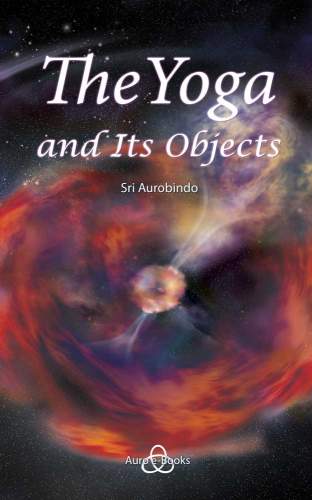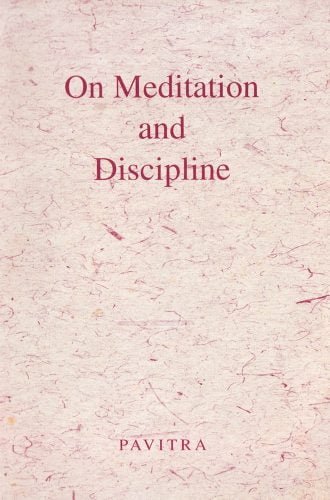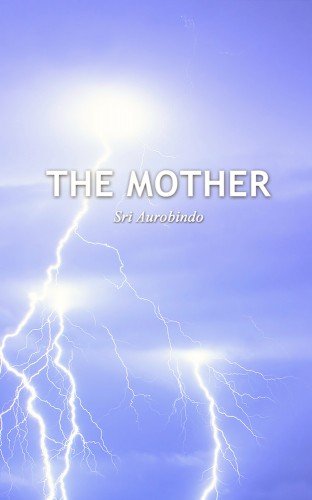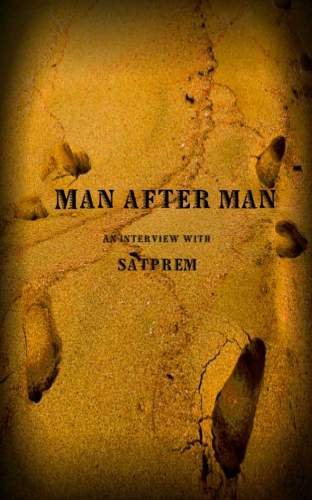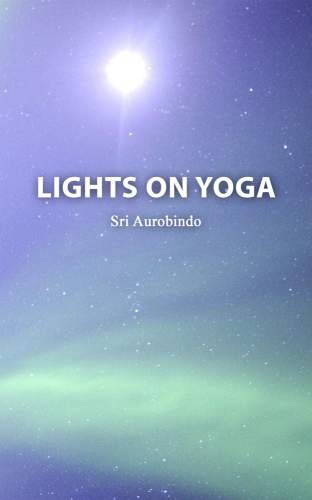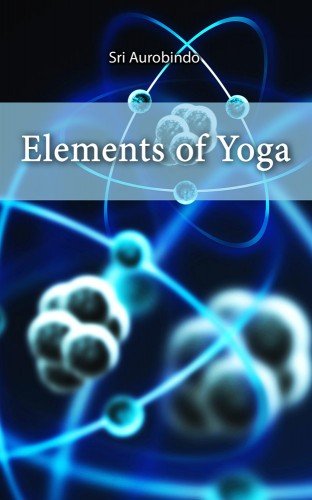The Philosophy of Religion
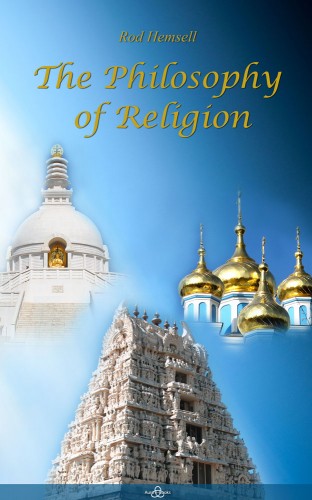
The Philosophy of Religion
The material in this book is a transcription of a series of twelve lectures presented by Rod Hemsell at Savitri Bhavan in Auroville, India. With broad brush strokes highlighted with interesting and intricate detail, Rod paints a rich historical portrait illustrating the evolution of philosophical thought and its impact on religious doctrine which extends over a twenty-four hundred year span. The underlying theme, of course, is the slow and steady evolution of human consciousness flowing along many separate streams of thought springing forth from the fount of human experience while growing in knowledge. The depth of this discourse is not at all overwhelming; however, we are no longer wading in the kiddie pool here. In these lectures, Rod has introduced a number of familiar characters and ideas and he has also introduced several others who may not be so well known, all of which invites the reader to follow up with investigations of their own. Rod’s treks along ancient pathways draw us along to discover the great, underlying similarities between the major religions of today that might otherwise go unnoticed and he convinces us that such was always inevitable since we have been dealing with universal truths all along.

